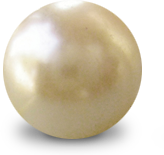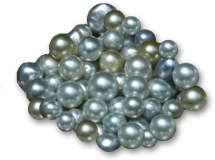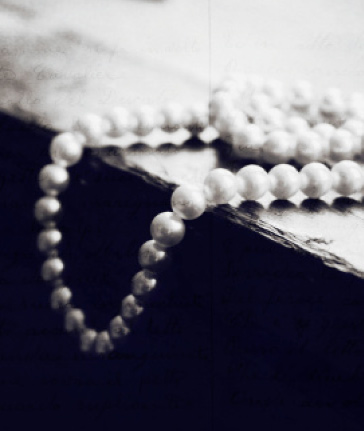
NATURAL PEARLS
The natural pearl is all pearl, or all nacre, with no nucleus at its core. The thickness of the nacre affects size, shape, beauty, and how long the pearl will last. Unlike cultured pearls, it can take many years to create a natural pearl. Depending upon a variety of conditions, it can take 10 years or longer for an oyster to produce a 6 mm pearl, and far longer for bigger pearls.
Due to their scarcity and limited supply, matching of natural pearls is often ignored, especially as the size increased, so often necklaces contain pearls with marked differences in size, color and shape. They are rarely truly “round”. In terms of color, they are usually creamier than today’s finest cultured pearls.
Natural pearls are so rare and treasured that they are now only reserved for the privileged few.

SOUTH SEA PEARLS
South Sea pearls are often called the “queen” of cultured pearls. Most are now cultivated in the waters off Australia, Indonesia, Philippines, Myanmar, and elsewhere in the tropical Western Pacific.
South Sea pearls usually start at 10 mm in size; pearls from 11 to 14 mm are the average. Cultured pearls from the South Seas are characterised by exceptionally thick nacre, more so than other cultured pearls.
Their white, silver and golden hues are rare in fine qualities, and they have the longest life expectancy of any cultured pearl.


